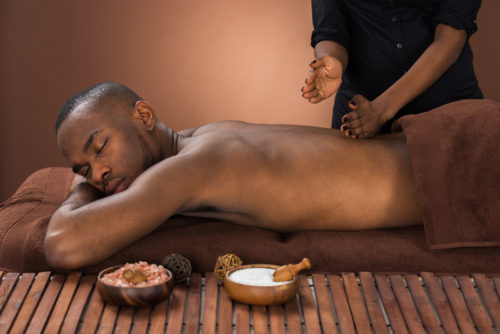Get rubbed the right way
The recent proliferation of mainstream massage parlors across the country begs the question of the benefits of the therapy. Swedish massage is the most common type of massage in the United States. The therapists use long kneading strokes on superficial layers of muscles. This is a good massage for first timers. Deep-tissue massage targets deeper layers of muscles and is used for chronically painful, tight muscles. It’s not unusual to be sore for a day or two after a deep-tissue massage. Other types of massage include Thai, Shiatsu, sports, prenatal and hot stone.
Numerous benefits of massage have been scientifically proved. The age-old practice:
- manages anxiety and depression by reducing the stress hormone cortisol and raising the levels of the neurotransmitters serotonin and dopamine
- eases migraine pain and is believed to ease PMS
- improves sleep by affecting delta waves in the brain, an important sleep component.
According to New York skin care salon owner Kinara Ahnert, massage also helps your outward appearance. “It increases blood flow to the face, plumps up slack skin, encourages lymphatic drainage and adds vitality to a dull complexion and lackluster hair,” she explains.
The effects of massage can also be cumulative, so if you can indulge on a regular basis, do. Your body will thank you. “Massage,” says Arnold Kelly, a licensed massage therapist at the University of Alabama Birmingham, “can increase a person’s range of motion, strengthen the immune system and provide an improved sense of well-being.”







